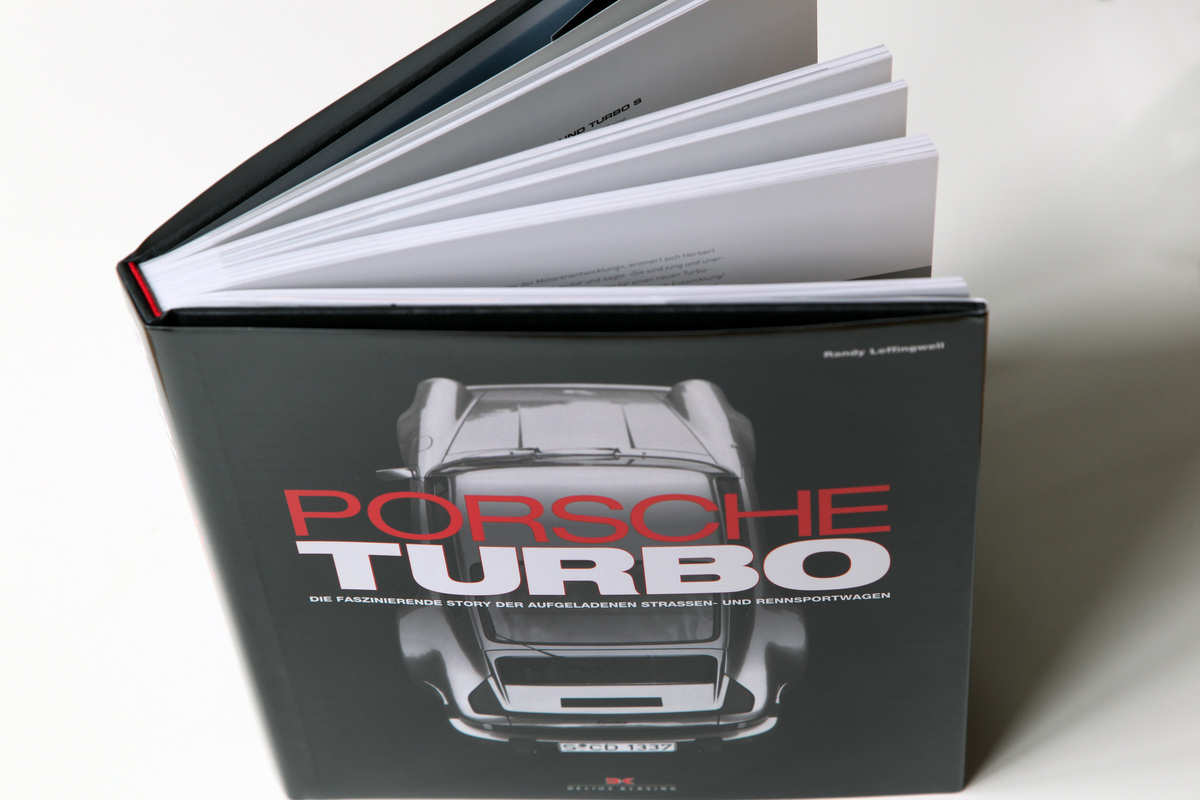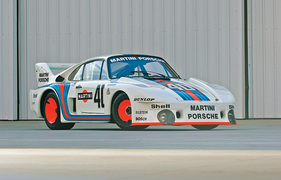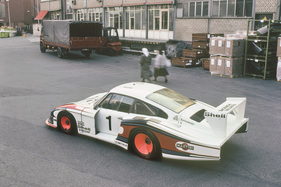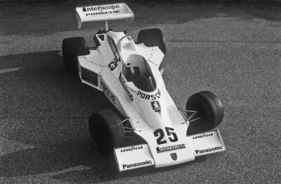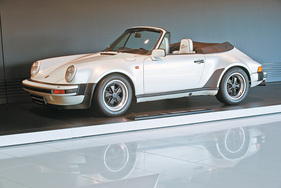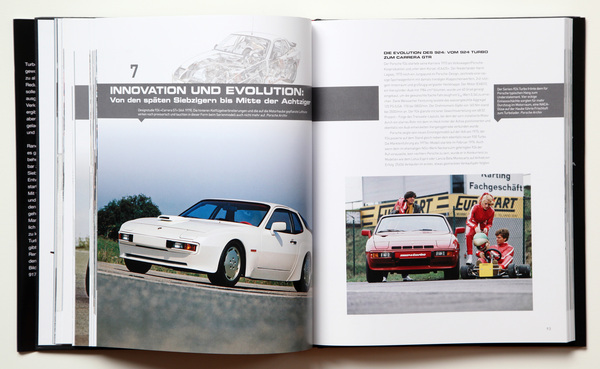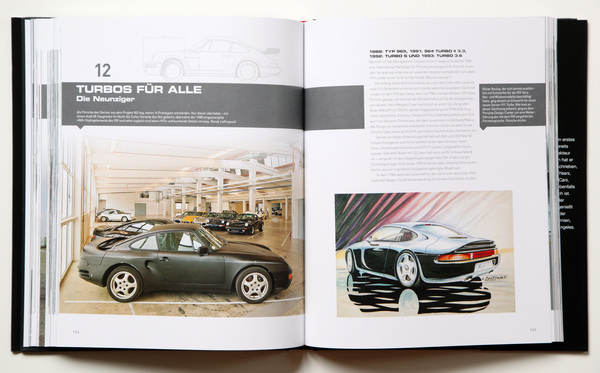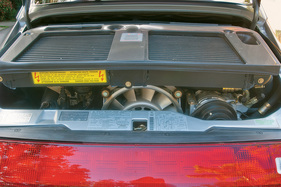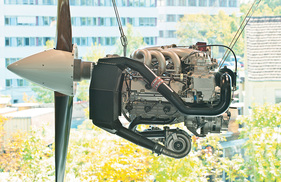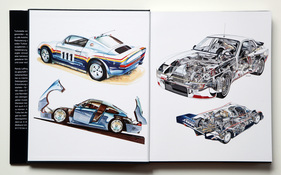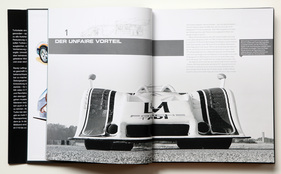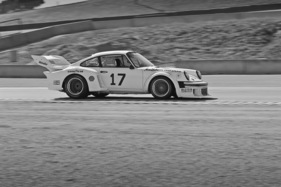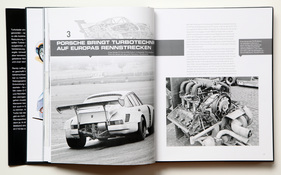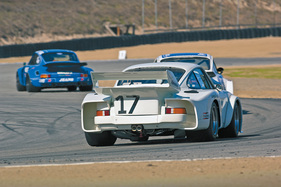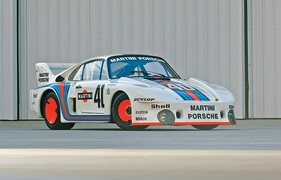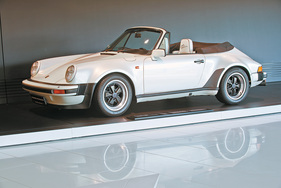Five letters: T - U - R - B -O. A simple charging technology that has become synonymous with performance. Inseparably linked with it, the top-of-the-range and motorsport models and the Porsche company. This type of performance enhancement has been used in Stuttgart for more than 40 years. Top models and countless motorsport successes with turbo technology have made Porsche what it is today. Randy Leffingwell has now published a chronicle on the subject.
A new chapter in engine technology
911, 917, 924, 930, 956, 959, the list of Porsche codes equipped with turbo engines is long and unthinkable without a turbo. Countless motorsport successes are often unthinkable without the two fast-rotating paddle wheels. At the beginning of the 1970s, this technology opened a new chapter in engine technology. Although it had been known for a long time, it was now used consistently - because it was cheap - to increase the performance of petrol engines.

It was the 917-30 for the American CanAm series that was the first to open this new era in 1971 at the behest of Ferdinand Piëch, still head of Porsche racing and technology.
A chronology
Leffingwell goes through Porsche's history chronologically, starting with the 917-30, followed by the 911 RSR Turbo, which was also the inspiration for the road-going version of the 911 Turbo. After Piëch's departure, the new Porsche boss Fuhrmann focused more consistently on models that were so important for Porsche in retrospect. Some of them have achieved icon status. He does not spare any entrepreneurial background facts and also answers questions such as: Who initiates the project?; Who manages it?; What problems were there to overcome during development?; and What was the general internal situation in the company?
The book thus goes far beyond a mere description of the model, as numerous interviews with contemporary witnesses enrich the book's background information.
More than just model history
The basic classification of the respective model discussed in the book in terms of its contemporary strategic orientation is just too typical, both in text and in pictures. Homologation documents, design studies, prototype images and test protocols underpin the broad presentation of the overall development of a model and go far beyond the recording of a fixed type image.
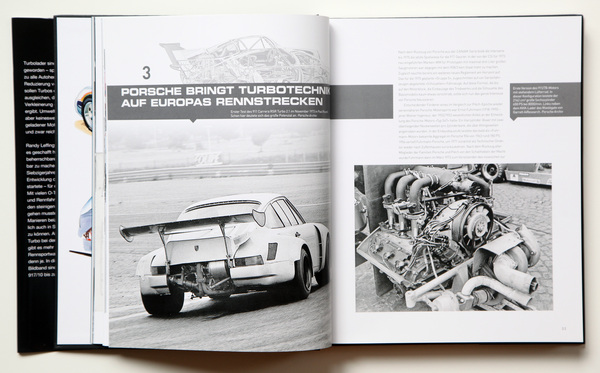
Detailed and accentuated captions enrich the rich selection of images and underline the book's claim to go far beyond a pure Porsche Turbo model technology chronicle.

Conclusion: Read and browse
The book is the German version of the recently published original English edition by the American Porsche expert Randy Leffingwel, which was thankfully translated by Thomas Imhoff - perhaps one should rather say edited and translated into the German language and our context. He succeeds in linking the complexly interlinked narrative leaps through the history of the company and technology with the model concepts to create an exciting chronology.
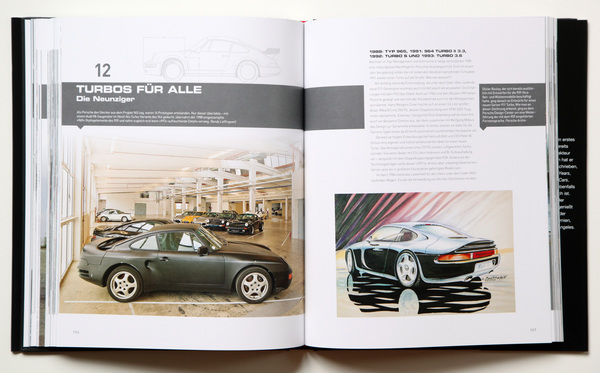
Technology, design, models, people, memos and companies are not neglected. With more than 250 pages, this book is not just aimed at technology freaks, but at anyone with an interest in the brand and individual models in particular. Here, a special technical aspect of Porsche is illuminated in many corners.
The author does not omit to devote a separate chapter to turbocharger development and history, thus providing a comprehensive picture of the importance of the turbocharger in general and at Porsche in every detail. A book to read and browse through.
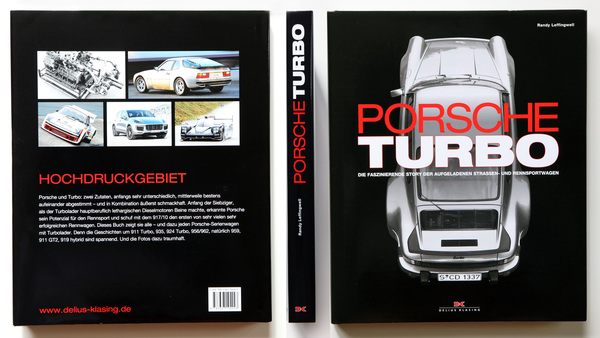
Bibliographical information
- Title: Porsche Turbo
- Author: Randy Leffingwell
- Language: German
- Publisher: Delius Klasing, 1st edition 2016
- Format: Hardcover with dust jacket
- Size: 259 x 314 mm, 256 pages, 147 color, 69 b/w pictures
- ISBN: 978-3-667-10424-3
- Price: € 39.90,
- Order/Buy: At delius-.klasing.de, online at amazon.de or in relevant bookstores
